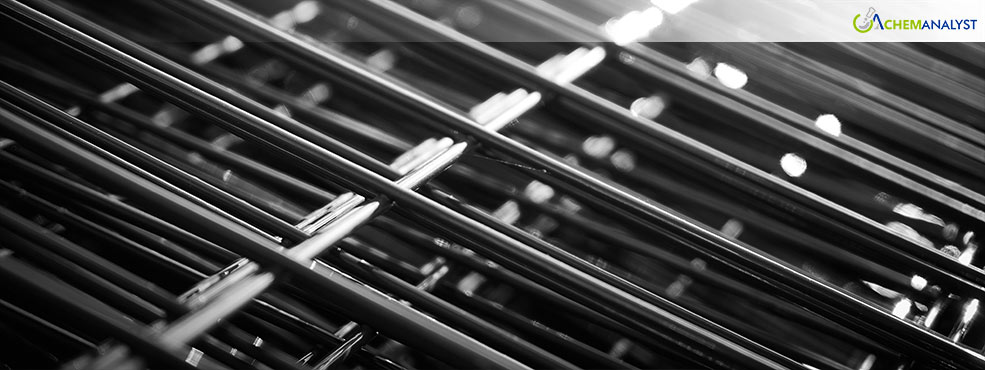Global Steel Rebar Prices See Mixed Trends Amid Supply Constraints and Demand Resilience
- 14-Feb-2025 4:30 PM
- Journalist: Xiang Hong
With the week ending on February 7th, Steel Rebar prices witnessed varying trends across key global markets, in the USA and China, Steel Rebar prices inched up, driven by supply constraints and steady demand. Meanwhile, Germany's Steel Rebar prices remained stable, as supply and demand forces balanced each other.
The prices of Steel Rebar in USA slightly increased by 0.2%, influenced by nuanced shifts in supply and demand dynamics. According to the American Iron and Steel Institute (AISI), domestic raw steel production for the last week of January slightly declines. This slight decline in production reflects low supply levels within the market.
On the demand side, the automotive sector continues to play a pivotal role. In January 2025, new vehicle sales marking an increase compared to the same month last year. This growth, driven by strong performances from manufacturers like Honda, Hyundai, and Kia, underscores the sector's resilience and its significant consumption of product.
The prices of Steel Rebar in Germany remain stable, influenced by supply and demand imbalance. A significant factor contributing to this trend is the shutdown of the electric arc furnace (EAF) at Georgsmarienhütte Gruppe's Osnabrück plant, a move prompted by escalating energy costs. This reduction in production capacity has tightened supply, exerting upward pressure on prices.
On the demand side of Steel Rebar, the market shows signs of resilience. The Eurozone Construction Index indicated a softer contraction in construction activity, suggesting potential improvements ahead. Additionally, the automotive sector, is witnessing a shift in negotiation dynamics.
Moreover, German carmakers and their suppliers are reassessing their strategies, with reports indicating increased fairness in pricing negotiations. This evolving relationship bolster demand as the supply chain adapts to new market condition.
The prices of Steel Rebar in China slightly increased by 0.2%, influenced by shifting supply and demand dynamics. Additionally, supply constraints are evident as annual imports have dropped by, with key suppliers like Indonesia, South Korea, Japan, Taiwan, and Germany collectively accounting for nearly 94% of total imports.
Moreover, domestic production has also declined, with steel output falling significantly year-on-year, adding pressure to availability. On the demand front of Steel Rebar, the automotive and home appliance industries are driving this momentum, with their operational capacity showing improvements.
Additionally, leading manufacturers such as Yongjin Technology Group report substantial profit growth, indicating sustained demand for precision steel products. With both domestic and international demand holding firm, the market continues to exhibit resilience despite supply-side challenges resulting in slight increase in price.
According to ChemAnalyst, Steel Rebar prices in the USA and China are expected to trend upward in the near term, driven by supply constraints and rising demand from the downstream sector. Meanwhile, Steel Rebar prices in Germany are likely to remain stable as supply and demand remain balanced.



